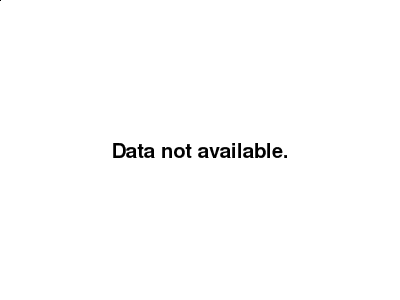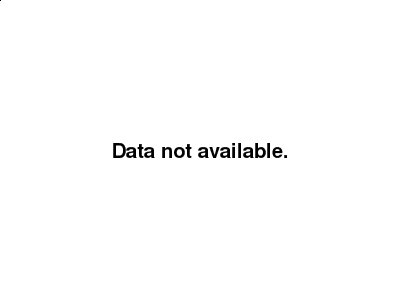The US dollar is higher against most major pairs on Tuesday. The Canadian dollar is an outlier as it gained 0.17 percent versus the greenback ahead of the Bank of Canada (BoC) rate statement. The Canadian central bank has divided analyst as is expected to hold rates even if an interest rate hike would not be a total surprise. The BoC was expected to hike a couple of times in 2019, specially after staying put in December while the Fed lifted American rates. The volatile end of the year and the rocky start to this one has changed Fed monetary policy expectations and its anticipated Governor Poloz waits until there is less uncertainty on trade and oil prices before seeking normalization.
- Canadian trade deficit widened in November
- BoC to hold rates at 1.75 percent
- Fed Minutes from December FOMC to be published
Loonie Rises Ahead of Bank of Canada (BoC) Rate Statement
The USD/CAD lost 0.10 percent on Tuesday. The currency pair is trading at 1.3275 ahead of the release of the BoC’s rate statement on Wednesday at 10:00 am EST. The Canadian central bank is heavily anticipated to keep its benchmark interest rate on hold in January, but after a hold in December the emphasis will be on what Governor Poloz says during his press conference at 10:15 am EST. The Canadian dollar has been the strongest performer of the major pairs against the US dollar as oil prices have stabilized and thanks to the USMCA trade uncertainty has not dragged the loonie lower.

Trade talks between the US and China have restarted this week, boosting global growth expectations, but it is still too early to tell if they will bear any fruit. The U.S. Federal Reserve is likely to pause its monetary policy tightening as the US growth slowdowns a bit ahead of schedule. The BoC will follow suit and pump the breaks as the the possibility of monetary easing is now back on the table.
Oil Prices Rise on Trade Talks Moving Forward
Oil prices surged on Tuesday with Brent and WTI gaining more than 2 percent as trade talks between China and the US continued. As more high level politicians from both sides get involved the optimism rises that the tariff dispute will end. Growth forecasts had taken a big hit as the two largest economies in the world started trading tariffs. Energy demand was seen as weaker as emerging markets were caught in the cross fire. Now as cooler heads are prevailing at the same time that the Organization of the Petroleum Exporting Countries (OPEC) and other major exporters are set to reduce production in January. Saudi Arabia is leading by example with evidence the kingdom is already limiting supply to add stability to crude prices.

Headwinds for oil have subsided, but until there is more than the ceasefire agreed at the G20 between China and the US the market will not discount a trade escalation.
Content is for general information purposes only. It is not investment advice or a solution to buy or sell securities. Opinions are the authors; not necessarily that of OANDA Business Information & Services, Inc. or any of its affiliates, subsidiaries, officers or directors. If you would like to reproduce or redistribute any of the content found on MarketPulse, an award winning forex, commodities and global indices analysis and news site service produced by OANDA Business Information & Services, Inc., please access the RSS feed or contact us at info@marketpulse.com. Visit https://www.marketpulse.com/ to find out more about the beat of the global markets. © 2023 OANDA Business Information & Services Inc.



